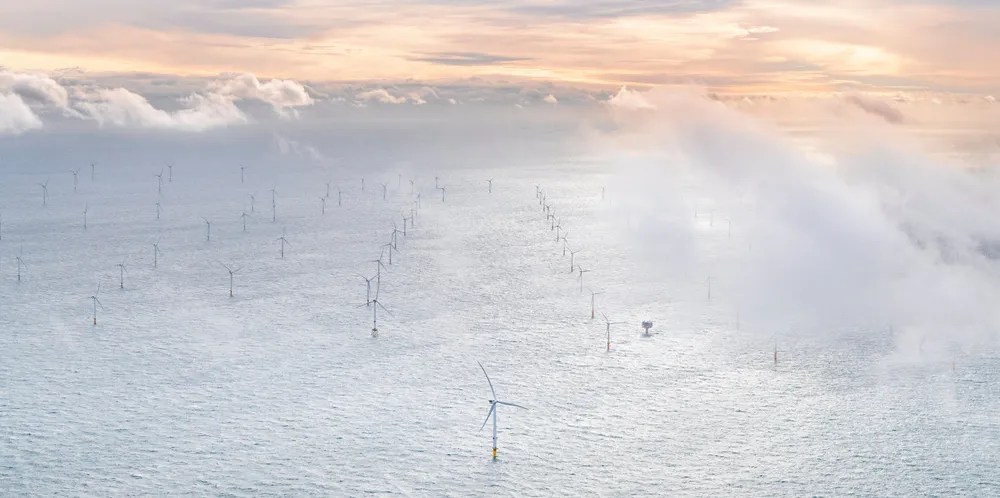Fertiliser maker OCI to buy up to 4GW of green hydrogen from 10GW NortH2 offshore wind project
Dutch company says move would help reduce the Netherlands’ reliance on natural gas

Dutch company says move would help reduce the Netherlands’ reliance on natural gas
